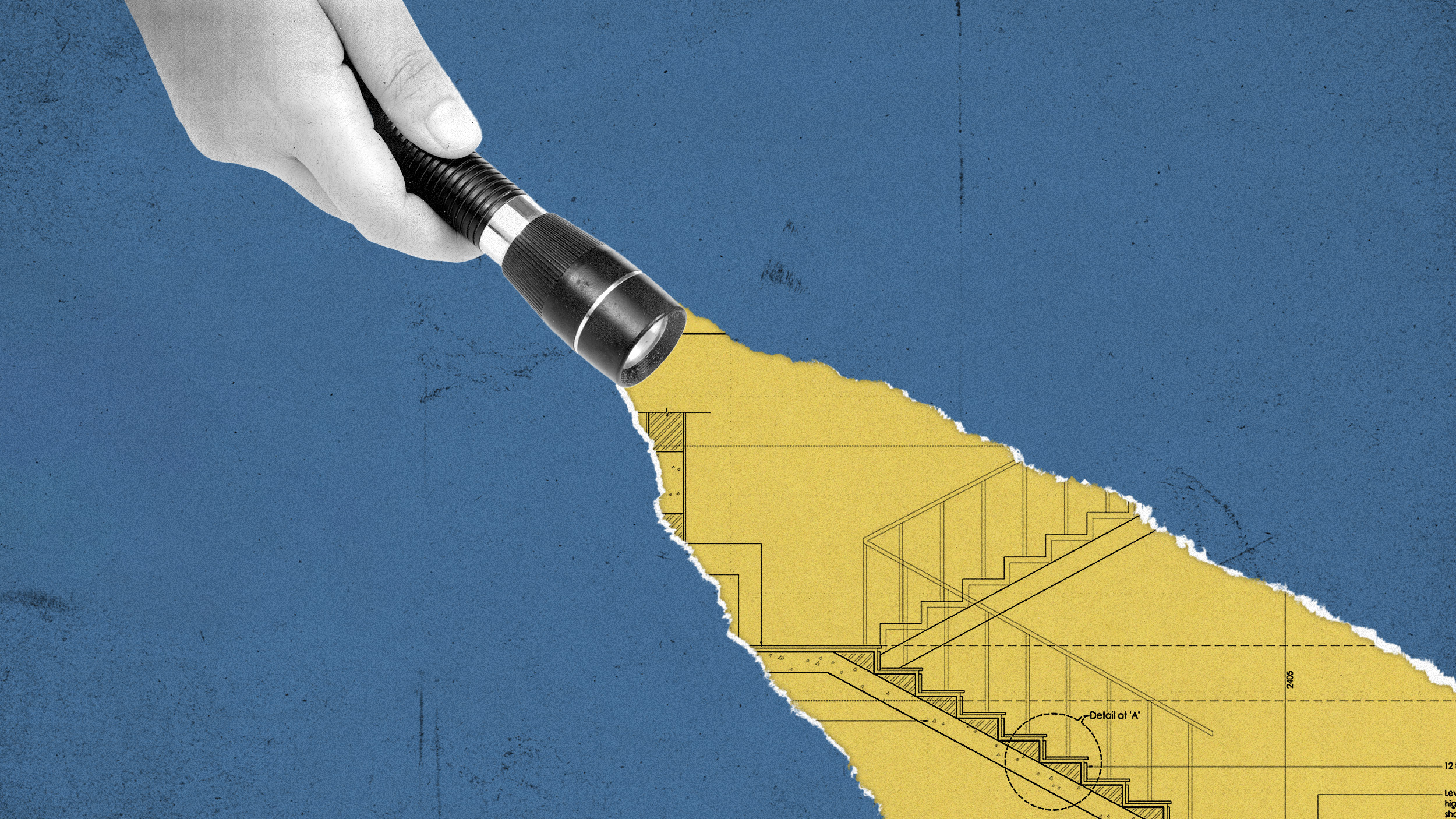How to design an emerging leaders program: 5 best practices

Are leaders born or made? Although some may argue that leadership traits are innate, the successful application of an emerging leaders program shows that true leaders acquire and hone their skills through learning and development.
An emerging leaders program identifies individual contributors who have demonstrated leadership competencies and provides them with development opportunities. These opportunities can include training, mentoring, coaching, job shadowing, cross-functional projects, and stretch assignments, among other initiatives. If comprehensive and well-structured, the program allows an organization to cultivate talent from within, creating a pipeline of capable leaders ready to succeed in higher-level roles when needed.
The benefits of an emerging leaders program
Research shows that current leaders aren’t adequately prepared to lead in the future. This is known as the “leadership gap.” The “gap” typically refers to the disparity between the leadership skills necessary to thrive in an increasingly complex, rapidly changing workforce and those available within the existing pool of leaders. However, it can also include a gap in leaders’ mindsets, particularly when they lack confidence, adaptability, innovation, and foresight.
Many factors contribute to the leadership gap, but the most notable is the failure to invest in leadership development. Too often, organizations promote employees who lack the necessary skills to lead, and then fail to provide struggling new leaders with training or support to help them improve.

An emerging leaders program serves as an appropriate solution to this problem. By helping employees develop their skills, the program effectively retains a diverse pool of talent and prepares that talent to drive the organization’s strategy and meet its objectives.
In addition to encouraging higher retention rates, these programs can help cut the costs associated with hiring leaders externally, as organizations will already have the necessary talent in-house. This allows organizations to optimize succession planning and ensures that high-level roles are filled without disrupting business operations. As such, organizations become more agile and improve their competitive advantage.
How to design an emerging leaders program
How can organizations prepare tomorrow’s leaders for success? Here are five best practices for designing a successful emerging leaders program.
Align the program’s objectives with organizational goals
When designing an emerging leaders program, it’s important to clarify the intended outcomes. Which general competencies is the program intended to develop? Which role-specific competencies? The answers to these questions should tie back to the organization’s strategic goals so that participants are well aware of the organization’s needs and well-equipped to meet them.
Choose the right participants
The ideal participant for an emerging leaders program is anyone who has the potential to become an effective leader — from entry-level to tenured employee. They should be employees who perform highly and represent the company’s culture and values. In addition, they should come from all backgrounds. At any organization, leaders should bring a variety of experiences and perspectives to the table.
The exact selection process can vary. For example, one organization may have employees self-select participation while another may work with managers to identify ideal candidates, and yet another may choose to target a percentage of top performers. However, the goal should always be to have a wide selection of talent.
Get buy-in
Once selected, participants should be made aware of the program’s value. Why is this program beneficial for them? What will they gain from it? Clear communication regarding the program will help increase employees’ buy-in and accountability. Those with a clear understanding of how the program will strengthen their leadership abilities are more likely to be engaged and motivated to participate.
Another way to get buy-in from participants is to get buy-in from leadership. Involvement from senior leadership gives these programs credibility and provides participants with accessible guidance and mentorship.
Provide support early and frequently
How often emerging leaders programs are delivered depends on the organization’s needs and the development opportunities offered. Training programs, for example, can be delivered on an annual, semi-annual, or quarterly basis. Meanwhile, coaching and mentoring can be ongoing.
The rule of thumb is that emerging leader programs should be provided early enough to allow leaders ample opportunity to grow, and often enough to ensure that the company maintains a pipeline of potential leaders who are readily available.
While in the program, participants should receive timely feedback from facilitators, mentors, coaches, and peers. This support should continue even after the program is finished. Post-program support can include access to program materials; post-program availability of facilitators, coaches, and mentors; and a departmental environment that allows them the autonomy to practice their new leadership skills.
Evaluate success
An emerging leaders program should be evaluated regularly. Organizations have several methods available to assess how the program has met the identified objectives, and consider areas for improvement.
Following the Kirkpatrick model of evaluation, organizations can measure learner reaction through surveys to determine participant satisfaction and how useful learners find the program. They can also use assessments to measure learning retention and whether participants acquired the necessary skills, knowledge, and attitudes.
The impact of the program, as well as behavioral change, can be analyzed by reviewing metrics such as performance scores, employee engagement ratings, and retention rates, among other data. Lastly, organizations can follow up with managers and obtain feedback to determine the effectiveness of the program in developing leaders who excel once on the job.
Bonus: Curriculum selection for an emerging leaders program
An additional key aspect in making an emerging leaders program effective is a focus on the curriculum. A structured curriculum that is designed to develop key leadership competencies should include the following.
The right training methods
The curriculum of an emerging leaders program should include diverse methods to expose the learner to new experiences and accommodate different learning styles. This can be done by employing a variety of methods such as instructor-led training, microlearning, and experiential learning that allows learners to participate in hands-on activities.
The program curriculum should also include plenty of real-life examples relevant to the organization and role. Emerging leaders need opportunities to apply and practice what they have learned. In addition, the experience should provide participants with space to build and maintain strong relationships, as well as opportunities for leaders to leverage each other. This will allow them to create a network of mutual support that will help them thrive in their roles as leaders.
The right competencies
When developing a curriculum, special attention should be given to ensure that the topics covered are not only generic leadership concepts but are tailored to the specific competencies and behaviors that are required for future leadership roles. For instance, learners can be trained on behaviors related to following processes so they learn to lead by example.
There are some topics, however, that are applicable to all emerging leaders. For example, many new leaders have misconceptions about what it means to be in a position of authority, and could benefit from the organization actually defining “leadership” for them.
In the video below, ethnographer and leadership consultant Simon Sinek provides an anthropological definition of leadership and explains why leaders must meet the needs of their subordinates first and foremost.
The most trusted and respected leaders are those who sacrifice their interests to care for those they serve. An emerging leaders program should ensure that up-and-coming leaders are aware of such foundational concepts. When leaders create a safe space for employees, organizations benefit from increased retention and a higher-performing workforce.
Final thoughts
Investing in the development of new leaders helps them feel acknowledged and respected. It allows them to become more motivated, engaged, and committed to the company and their work. And as leaders flourish, so does the entire organization.





